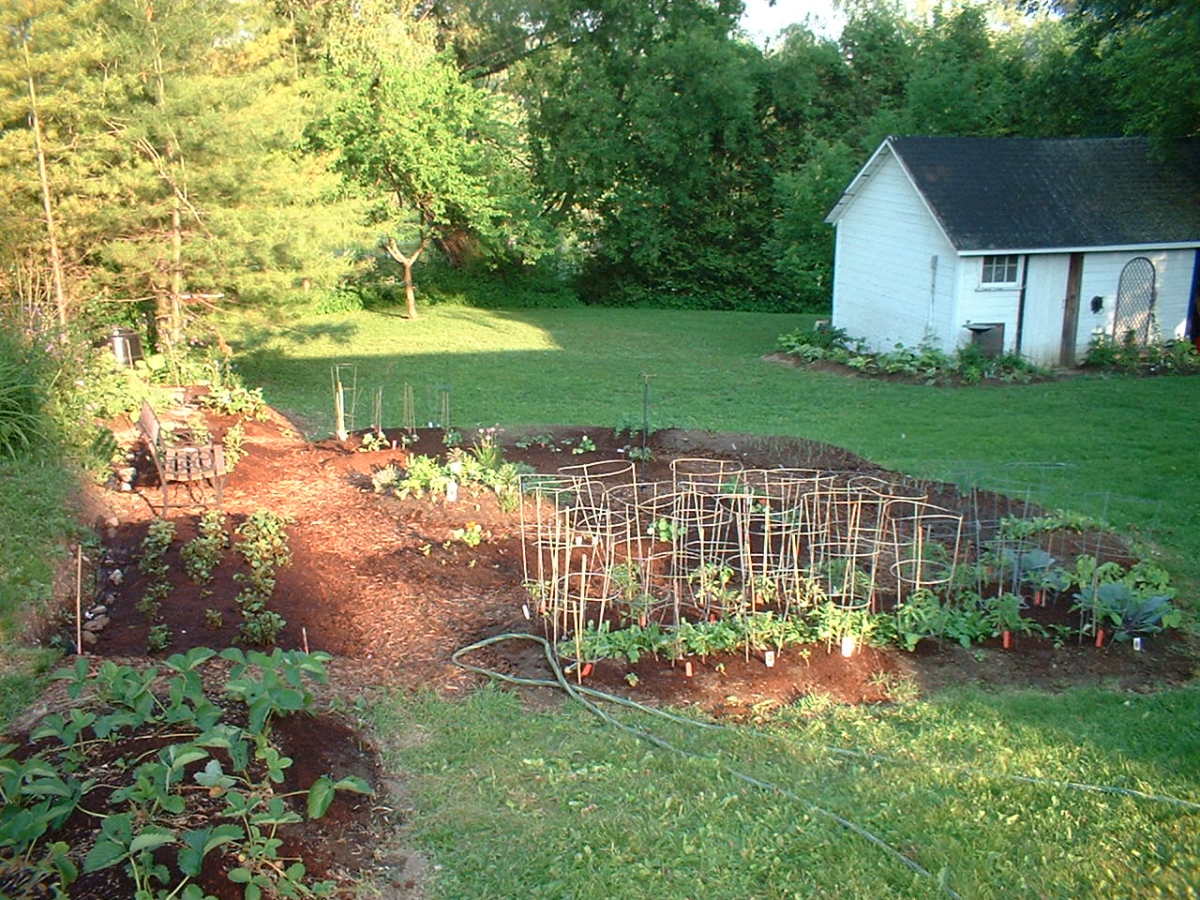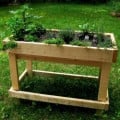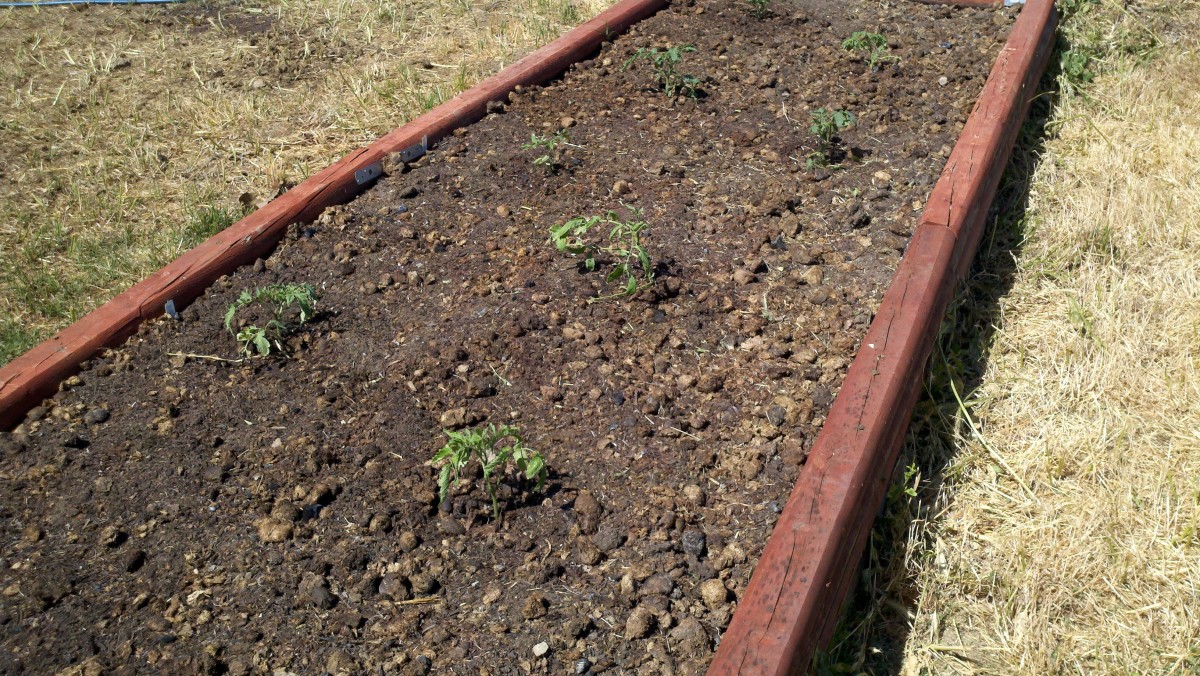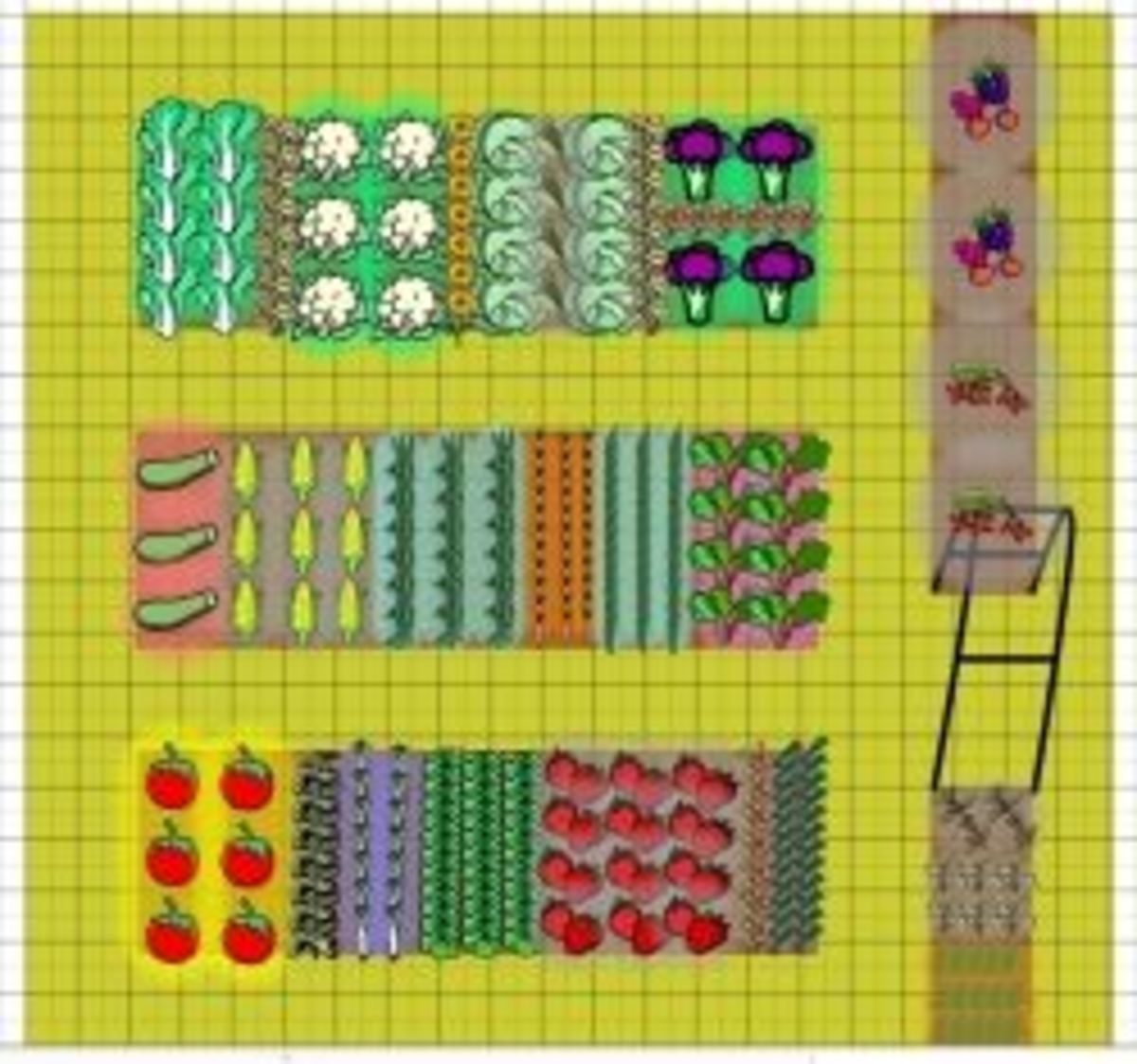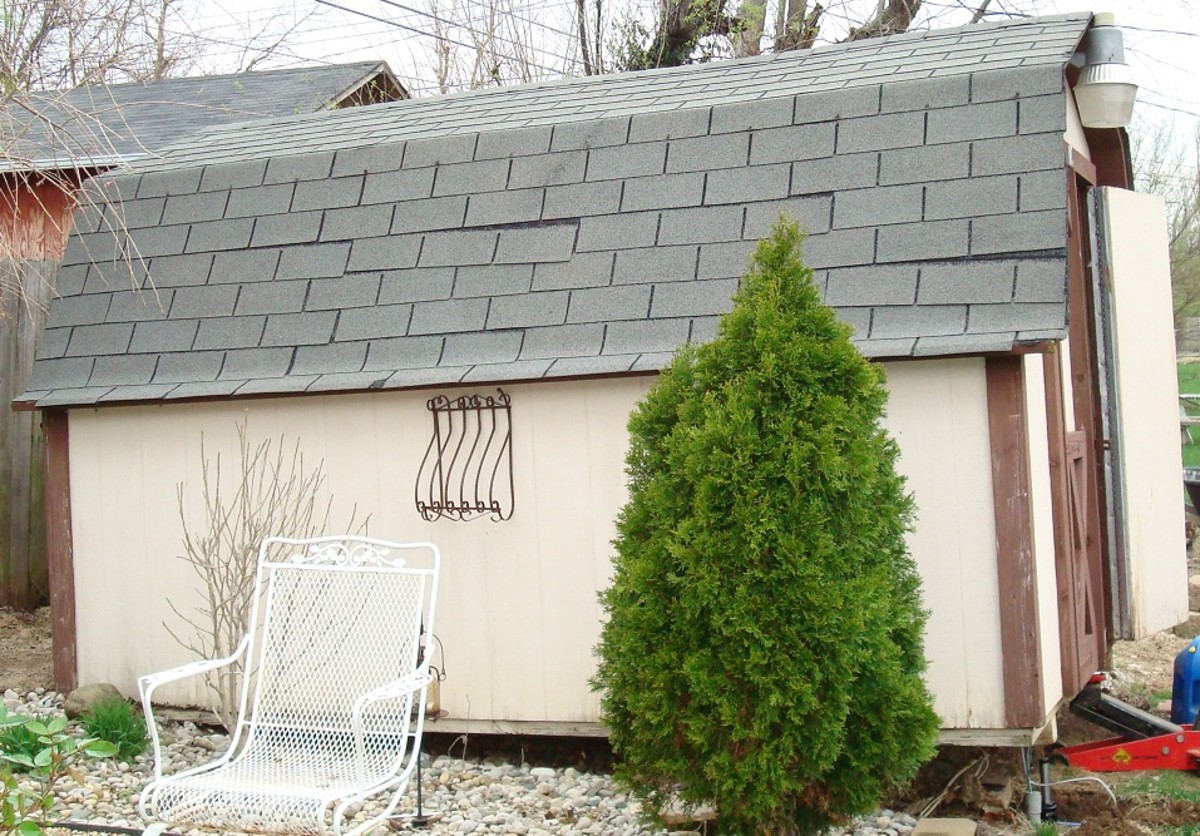Build a Garden Box
Sunflowers, beans, tomatoes, etc.
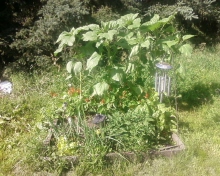
Planning Your Garden
(Updated January 14/15) After reading the original Hub, I decided to give it an overhaul. This new version will be more helpful for the new gardener.
Garden boxes are great when you don’t have space for a traditional garden. If designed properly, a bumper crop can be grown year after year in a small space.
The first step to every great garden is planning. You will want to make sure it is situated so you can take advantage of full sun for as many hours each day as possible. Most plants need at least six hours of full sun a day to do well, so pick your space accordingly.
The next step in planning is to decide how many beds you want, and what you are planning on growing. If you are very limited on space, adding a trellis on the north side of your beds will allow you to incorporate vertical gardening as well.
Part of the planning process also involves how much space you will be leaving between your beds. Do you want a grass pathway, or would you prefer pea gravel? If grass is your choice, then be sure to leave at least 24" between beds so you can access it with your lawnmower. A pea gravel path can be narrower, but also consider the tools and equipment (such as a wheelbarrow) you will be using.
When you have decided on spacing, number of beds and what you want to plant, it is time to get to work and start building.
What You Will Need
Your garden bed can be as simple or as fancy as you want, but I suggest a basic bed. I made mine out of rough cut 2 X 4s and they worked just fine. The instructions are for a shallow bed, but if you want to make it deeper simply stack and secure the frames.
For a 4' X 4' bed (as pictured) you will need:
- 2 - 8' rough cut 2 X 4s, untreated
- 8 - 4" deck screws
- steel tape measure
- hand or circular saw
- screwdriver to match deck screw head (usually a Robson)
- soil or compost
Note: although regular building grade lumber works fine, you may want to use a naturally rot-resistant wood such as cedar. This will ensure you don't have to replace your beds for many years to come.
What To Do
Now that you have gathered your materials, it is time to start building. This is very basic construction, so even the novice can have a bed made in less than an hour.
- Cut the 2 X 4s in half
- Lay the boards on edge in a square (the frame will be 4" high)
- Put 2 screws in each corner
- Place your bed in its spot and fill with soil
Getting Creative
If you have chosen to build a deeper bed, you will need to secure your frames to keep them from sliding off one another. The best way to do this is to pound a wooden stake into the ground inside each corner of the frame. The stake should be at least 6" in the ground; deeper for a higher bed.
Another option to secure the frames is to use rebar. This can be multi-purpose, as it can be placed so a few inches are above the top of the bed frame. By leaving a few inches above the frame, you can add PVC flexible pipe to attach a row cover or plastic for a mini-greenhouse.
The Extras
As I mentioned earlier, you may wish to add a trellis to your garden bed. I highly recommend this, as you will be able to make more efficient use of your space.
Your trellis should be mounted on the north side of your garden bed, and only on the northernmost beds. This will reduce the shading of other plants that will occur once the garden begins to flourish.
A simple trellis can be made by securing a 2 X 4 frame to the bed and adding wooden lattice available, at your local home improvement store. Some people opt to build their own trellises out of lumber or other materials, but commercial lattice is quick and easy.
Planting Your Beds
Now comes the fun part: planting.
I am in favour of using Mel Bartholomew's Square Foot Gardening methods. It allows for maximum utilization of space, and minimum chance of weed growth, Plus, same season crop rotation is easy as you are only working with one square foot of space at a time.
For example, planting radishes in early spring will leave you with a space to plant a warm weather crop (such as beans) in early summer. The radishes will be harvested by the end of June, which will still allow growing time for beans.
When you harvest one crop, be sure to amend the soil with compost before planting the next. This way, your soil will not be depleted of nutrients and your fruits and vegetables will have the best chance possible to flourish.
Wrapping It Up
Gardening is a rewarding experience, no matter the scale it is done on. Garden beds make it easier to plant, weed and harvest. You can have one bed or many, depending on your available space and commitment. The best part is, if managed correctly, your weeding will be minimal and your returns high.
I will be building new beds this year, as we moved in October 2013. Summer 2014 saw me planting a traditional garden plot, but I am looking forward to working with beds again. I have learned a few things over the years, and am anticipating my best garden beds yet.
Happy gardening!


